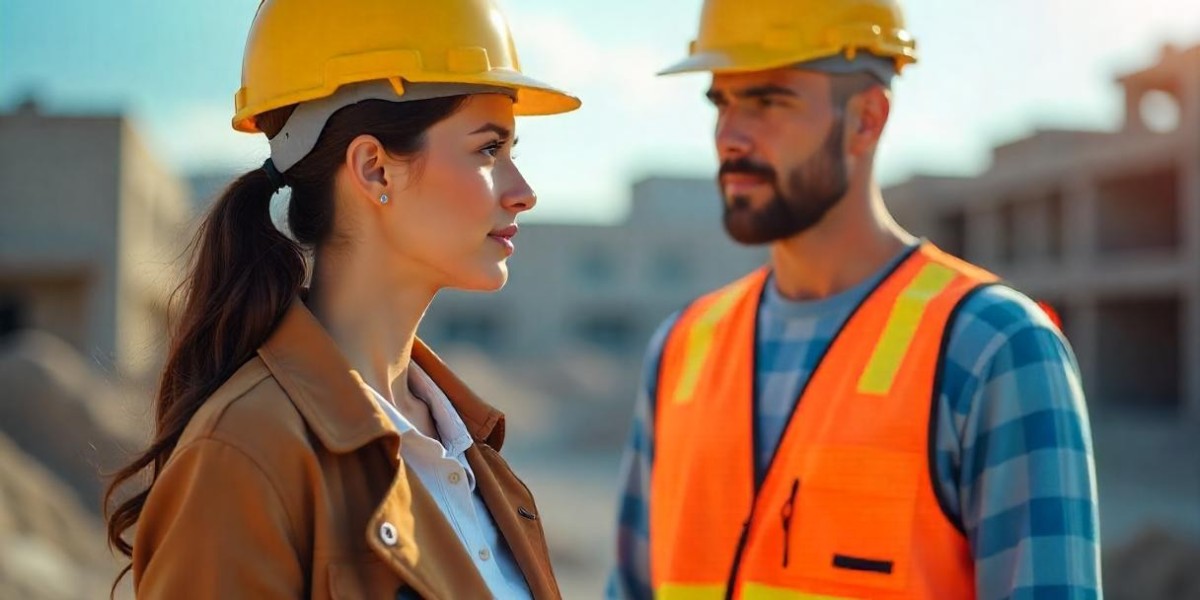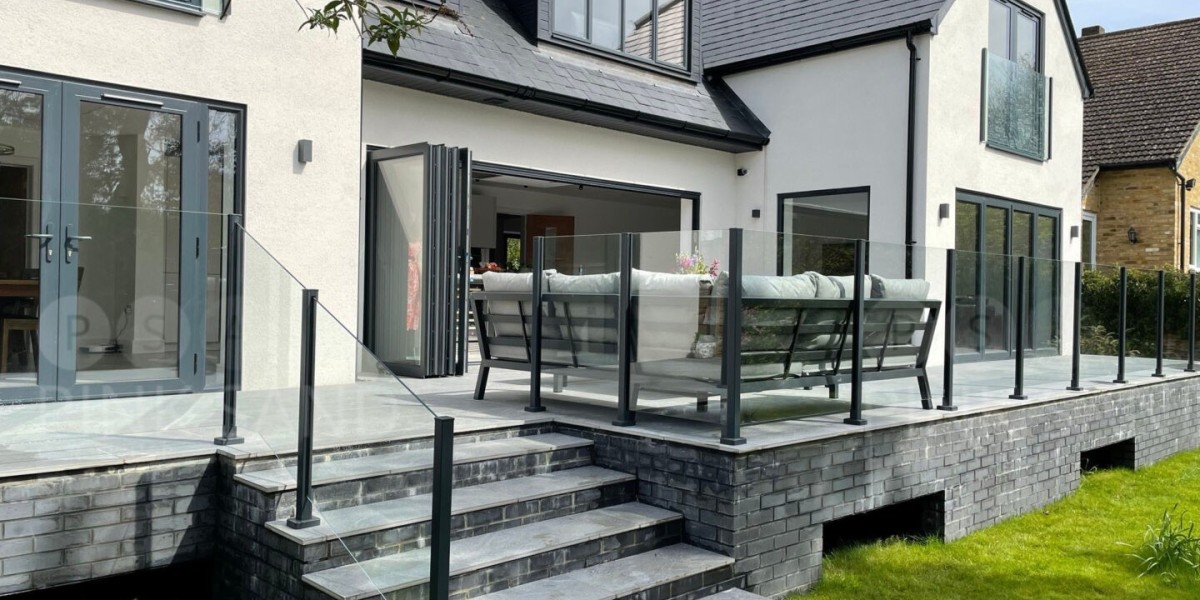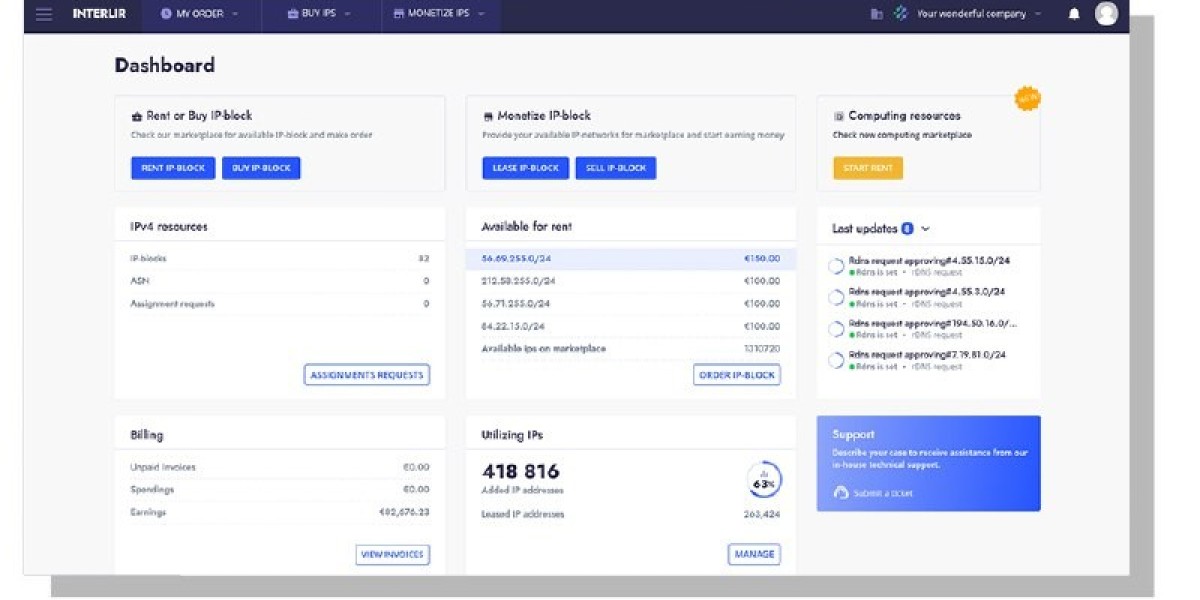Slips, trips, and falls are among the most common workplace hazards, yet they often get overlooked because people assume they’re just minor mishaps. For many workers — especially those who work on wet floors, uneven surfaces, or in high-traffic areas — these incidents can lead to serious injuries or even death. Therefore, understanding how to identify, assess, and control these risks is crucial for every workplace.
Before diving into the practical steps, it’s worth mentioning that people who complete a good safety inspector course gain the confidence and expertise to spot hazards like these before they become an accident waiting to happen. Having a trained eye makes a huge difference in creating safer working conditions for everyone.
Why Are Certain Worker Groups More at Risk?
Not all workers face the same level of danger when it comes to slipping or tripping. For example:
Cleaners and janitors are often working on freshly mopped floors.
Construction workers may walk on uneven ground, loose debris, or scaffolding.
Healthcare workers hustle through busy corridors that may have unexpected spills.
Older workers or those with physical limitations may have a higher chance of losing balance.
Take Anna, a night-shift cleaner in a hospital. She once slipped on a freshly waxed corridor because no sign was put up. She hurt her back and was off work for three months. Her story shows how simple oversights can hurt vulnerable workers the most.
Step 1: Spot the Trouble Zones
A good starting point is to walk through the worksite and look for obvious and hidden dangers:
Are there wet or oily spots?
Do floor mats curl at the edges?
Are cables lying across walkways?
Is the lighting good enough to see obstacles?
This isn’t a one-time job. Conditions change daily — rain, spills, or heavy foot traffic can create new hazards anytime. Workers should be encouraged to report unsafe spots immediately.
Step 2: Understand Who’s Most Exposed
Once you know where the risks are, think about who faces them the most. This means asking questions like:
Which areas see the most movement?
Do employees carry heavy items that block their view?
Are there older staff or those with mobility challenges?
Are new workers properly trained to notice floor hazards?
A safety inspector course usually teaches practical ways to conduct these checks and involve workers in safety discussions. Read more about how this training sharpens workplace hazard awareness.
Step 3: Evaluate the Severity and Likelihood
Hazard assessment isn’t complete without rating how bad things could get. This is where risk matrices come in handy:
Severity — Could a fall cause a bruise, a broken bone, or worse?
Likelihood — How often does the hazard appear?
Who’s at risk — One person, a small team, or everyone passing through?
For example, a wet floor near an entrance in rainy weather could threaten dozens of employees and visitors. So, that would be a high-priority hazard to control immediately.
Step 4: Control the Risks
After identifying and evaluating, take practical actions to reduce the danger:
Use Signage and Barriers
Bright warning signs and barriers keep people away from freshly cleaned or slippery areas. Always remove signs when floors are safe again to avoid ‘sign blindness.’
Improve Lighting and Housekeeping
Good lighting helps workers spot hazards ahead of time. Regular housekeeping — sweeping debris, mopping spills right away, and organizing storage — is the simplest but most effective control.
Use Anti-Slip Materials
Install non-slip mats in entrance areas and rubber flooring in wet zones. Anti-slip tapes on stairs and ladders can save lives.
Train and Engage Workers
Training is critical. Make sure everyone knows how to spot hazards, report them, and clean them safely. Workers who’ve taken safety officer training often lead by example and teach their peers.
Step 5: Monitor and Review
Safety isn’t a one-and-done task. Keep track of slip, trip, and fall incidents, near misses, and maintenance logs. Review them monthly and update safety procedures as needed.
When possible, involve workers in safety walks and feedback sessions. They often notice issues managers don’t see.
How Management Can Support At-Risk Workers
It’s not just about rules — it’s about culture. Employers should:
Listen to workers’ concerns without blame.
Fix reported problems quickly.
Celebrate a drop in incidents.
Invest in up-to-date equipment and training.
Jane, a manager at a busy retail store, once noticed her older staff struggling on a slippery tiled stockroom floor. She brought in anti-slip mats and arranged refresher training. Within weeks, slips dropped by 80% — a small fix that made a big difference.
Read more about safety inspector training options and check out the safety officer course duration and fees to plan your team’s next step toward a safer workplace.
A Quick Checklist for Your Workplace
Before you finish reading, here’s a handy checklist to keep your team safe from slips, trips, and falls:
✅ Inspect floors daily
✅ Fix leaks promptly
✅ Use clear signs when cleaning
✅ Train staff regularly
✅ Keep walkways clear
✅ Install good lighting
✅ Encourage hazard reporting
✅ Review incidents and act
Final Thoughts
Slips, trips, and falls may seem like minor hazards, but for many workers — especially those more vulnerable due to age, job role, or health — they can lead to long absences or permanent injury. The good news is, with proactive assessments and simple safety measures, these incidents can be drastically reduced.
Investing in reliable training, like a well-structured safety inspector course, equips your team with the skills to spot dangers early and fix them fast. So, whether you’re an employer, a supervisor, or an employee, remember: safe floors mean safer workers.








